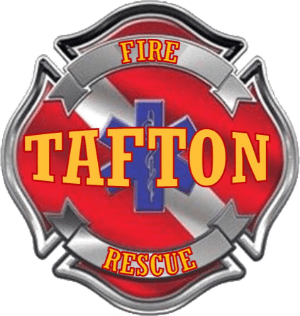Fire Police are a Fire Company resource and answer to the Officer In Charge (OIC) of the Fire Company in attendance. In Pennsylvania are under the direction of the state or local police. Where no other Fire Company resources are present, they will usually be assisting Police and therefore be taking direction from the Police OIC. They may also act autonomously depending on local regulations.
While the exact role of Fire Police may vary between companies, the general themes are the same:
- Traffic Control at Emergency Scenes
- Managing the flow of vehicles around or through the immediate vicinity of an emergency. This may entail road closures, diversions, full ‘points’ control of intersections or ‘1-way-shunts’ where the road is reduced to one lane and the direction is alternated in a controlled fashion.
- Fire Police are utilized to assist in ensuring that the scene of an incident is safe for those working in the vicinity; this includes both Firefighters and other Emergency Service workers, as well as members of the public.
- Crowd Control and Liaison
- Residents, owners, occupants, relatives, transients, spectators, and the media are among those who may approach the scene of an incident. Fire Police are in a position to prevent them from coming into harm, and from hampering the work of emergency services personnel at the scene. They are often the first point of contact and as such must have good public relations skills.
- Fire Police may be asked to provide a scene guard in order to prevent looting or theft. Also, they may be called upon to monitor unattended Fire Company equipment.
- Fire Police are often called upon by Police and other Law Enforcement agencies to provide manpower. Many of the above tasks also fall within the area of responsibility of the Police, but Fire Police when on the scene may allow the Police to concentrate on other more specific areas of expertise.
- Fire Police may provide a Logistics resource – vehicle movements, communications or similar. This would particularly be the case at a scene controlled by the Fire Company but they may be called upon by other services.
